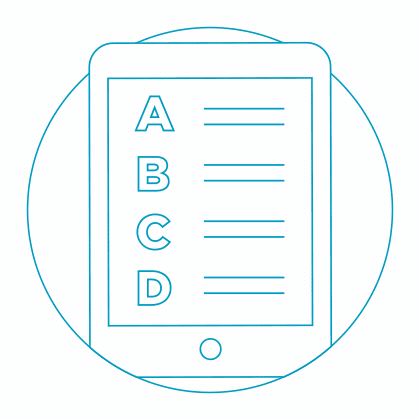CBSE 12TH ECONOMICS - Online Test
Q1. A component of capital account of balance of payment is
Answer : Option D
Explaination / Solution:
All transactions relating to borrowings from abroad by private sector, government, etc. Receipts of such loans and repayment of loans by foreigners are recorded on the positive (credit) side.
All transactions of lending to abroad by private sector and government. Lending abroad and repayment of loans to abroad is recorded as negative or debit item.
Capital account of BOP records all those transactions, between the residents of a country and the rest of the world, which cause a change in the assets or liabilities of the residents of the country or its government. It is related to claims and liabilities of financial nature.
Q2. The study of jute industry is a macroeconomic study. This statement is
Answer : Option B
Explaination / Solution:
Micro economics deals with determination of prices and quantities in individual markerts and with the relationship among these markets.
Q3. The supply curve of a firm shows
Answer : Option A
Explaination / Solution:
No Explaination.
Q4. M1 includes
Answer : Option B
Explaination / Solution:
No Explaination.
Q5. When a firm’s TR>TC, it does not earn maximum profits
Answer : Option B
Explaination / Solution:
No Explaination.
Q6. In S= -a+ (1-b) Y, -a represents
Answer : Option D
Explaination / Solution:
No Explaination.
Q7. Budgetary policies are implemented by the
Answer : Option B
Explaination / Solution:
No Explaination.
Q8. In a three sector circular flow model the three sectors are
Answer : Option A
Explaination / Solution:
No Explaination.
Q9. Utility of a good can be explained as a?
Answer : Option D
Explaination / Solution:
No Explaination.
Q10. Which transactions determine the balance of trade?
Answer : Option A
Explaination / Solution:
The difference between the value of goods and services exported out of a country and the value of goods and services imported into the country. The balance of trade is the official term for net exports that makes up the balance of payments. The balance of trade can be a "favorable" surplus (exports exceed imports) or an "unfavorable" deficit (imports exceed exports). The official balance of trade is separated into the balance of merchandise trade for tangible goods and the balance of services.
